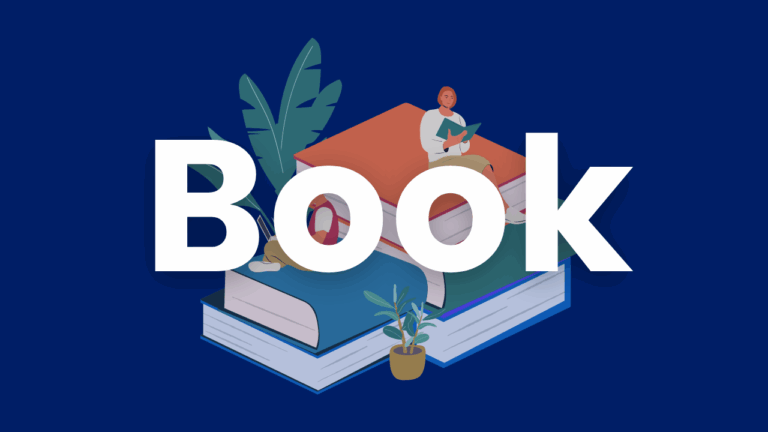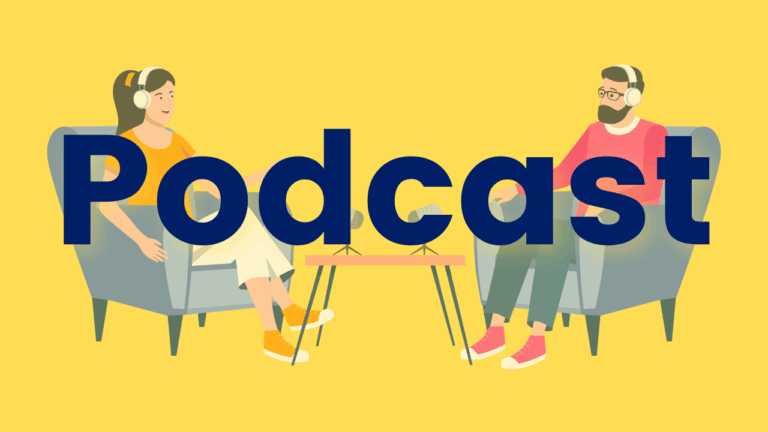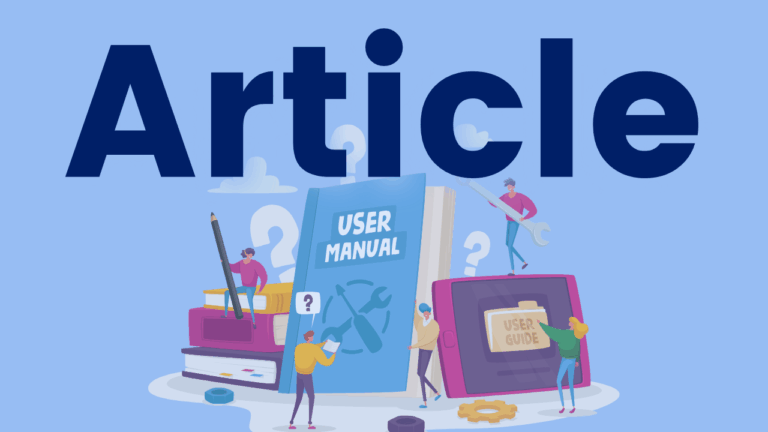7 Mighty Moves: Research-Backed, Classroom-Tested Strategies to Ensure K-to-3 Reading Success
Reader friendly book for educators outlining 7 changes to classroom instruction to improve literacy outcomes.

Reader friendly book for educators outlining 7 changes to classroom instruction to improve literacy outcomes.

Written for teachers by a teacher with a strong understanding of reading science, this title supports both the foundational skills and language comprehension components of reading.

This PaTTAN webinar featuring Dr. Elsa Cárdenas-Hagan focuses on structured literacy for English Language Learners, addressing evidence-based practices for the explicit instruction of oral language strategies within a structured literacy lesson. A variety of strategies are demonstrated.

This PaTTAN webinar discuses writing instruction for grades 4 to 12.

In this podcast episode, Lyn Stone busts common reading myths and misconceptions, advocating for evidence-based structured literacy for all students. Lyn highlights the importance of targeting intervention to student needs, the myth of dyslexia as a gift, and the value of explicit writing instruction.

In this podcast interview with Kate Winn and Dr. Sonia Cabell, the focus is on the importance of early language and literacy development. Dr. Cabell highlights key considerations for instruction in several areas: oral language and conversation, alphabetics, writing and spelling, and building knowledge.

In this podcast episode, Lindsay Kemeny highlights the “7 Mighty Moves” she made to align her early literacy instruction with research. Moves include teaching phonemic awareness with intention, teaching phonics explicitly and systematically, teaching decoding strategies, using decodable texts for beginning readers, encouraging more decoding of high-frequency words, providing meaningful fluency practice, and embracing vocabulary and knowledge instruction to support comprehension.

In this International Dyslexia Association Perspectives article, Sarah V. Arden and Jill M. Pentimonti emphasize the vital role of data-based decision-making in Multitiered Systems of Support (MTSS) to improve reading outcomes for students, especially those with disabilities. MTSS offers a framework with three tiers of instruction involving progress monitoring to determine suitable support levels. The authors stress the need for a climate of data fluency among educators, promoting collaboration to analyze data and identify students needing additional support. Diagnostic assessments are essential in Tier 3 to guide individualized interventions, with regular progress monitoring to make timely adjustments. The article aims to aid educators in effectively utilizing data to enhance student achievement within the MTSS framework.

Structured Literacy Interventions is an anthology of chapters written by many well-known names in reading science, including Louise Moats, Devin Kearns and Louise Spear-Swerling who also edited the book. Chapters cover a wide range of possible areas of reading difficulty, including phonemic awareness & word recognition, spelling, fluency, vocabulary, oral language comprehension, reading comprehension and written expression. The title supports Strands B (Foundations of Language), C (Comprehension) and D (Composition) of the Language curriculum. Each chapter offers research-based background and practical applications for educators working with struggling students. The book includes lesson plans and application activities, and is perfect for special education and intervention teachers, but also helpful for classroom educators looking to intensify instruction for struggling students.

Research shows that professional learning combined with extended peer coaching is an extremely effective method of ensuring new practices are applied in classrooms. This book presents the Student-Focused Coaching model, supporting teacher collaboration with the goal of increasing student success. Unlike many common coaching models (which may feel more evaluative and have formal observation and feedback components) SFC allows a classroom teacher to identify their goals, which they work towards with the support of their coach, also aligning well with the outcomes-driven MTSS model. An excellent resource for those working as instructional coaches, the book is also helpful for those in less formal coaching/support roles, administrators, and those working at the board level making decisions about professional development and coaching models. While SFC can be used within a wide range of curricular areas in all grades, it is perfectly suited to support teacher implementation of the new Language curriculum.

Explicit Instruction expert, Dr. Anita Archer, provides the rationale and overview of explicit instruction and its benefit for students. Archer provides a quick 5 minute overview of what Explicit Instruction is and isn’t, with concise and kind language. This resource can be used to for professional development and to begin discussion between educators on Explicit Instruction.

In this International Dyslexia Association Perspectives article, Steve Goodman discusses the successful implementation of a Multi-tiered System of Support (MTSS) in schools through an Integrated Behavior and Learning Support Initiative. The article presents five key lessons from scaling up MTSS, including defining MTSS clearly, using data and focusing on outcomes, strategic scaling, investing in local implementation capacity, and aligning MTSS with other key initiatives. Goodman emphasizes the ongoing nature of the implementation process and the significance of supporting educators for effective MTSS implementation and improved student success. The article offers valuable insights for education policymakers and practitioners.